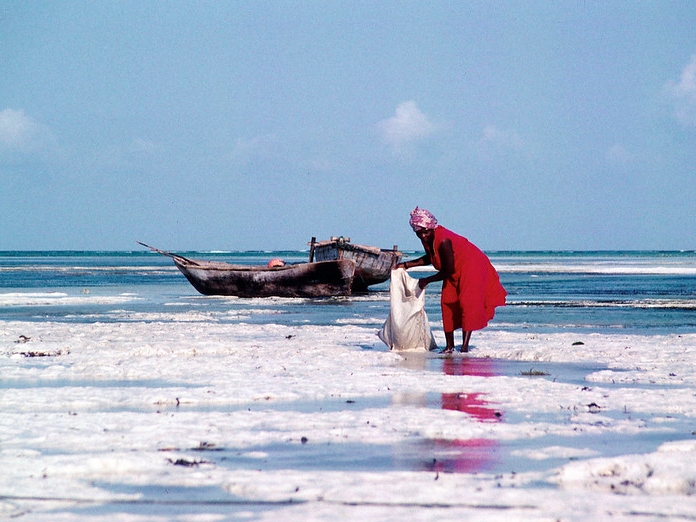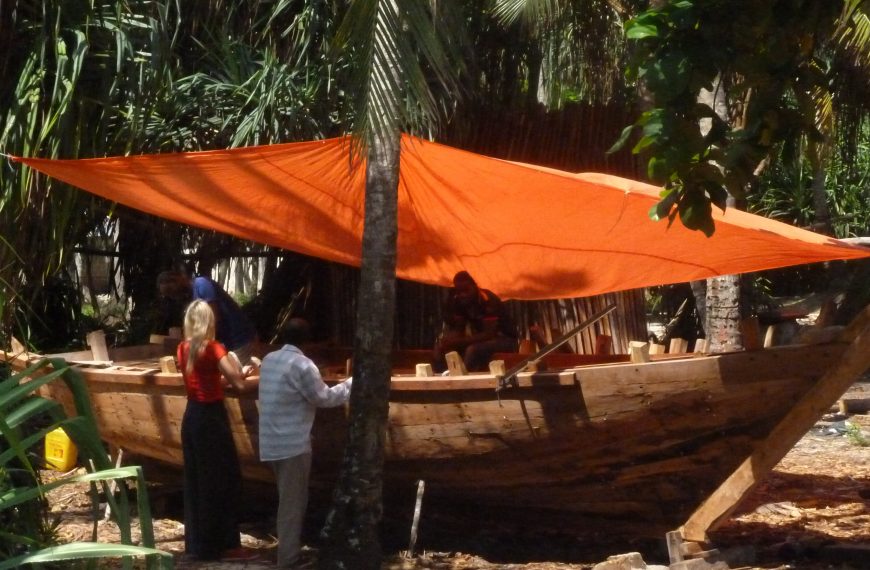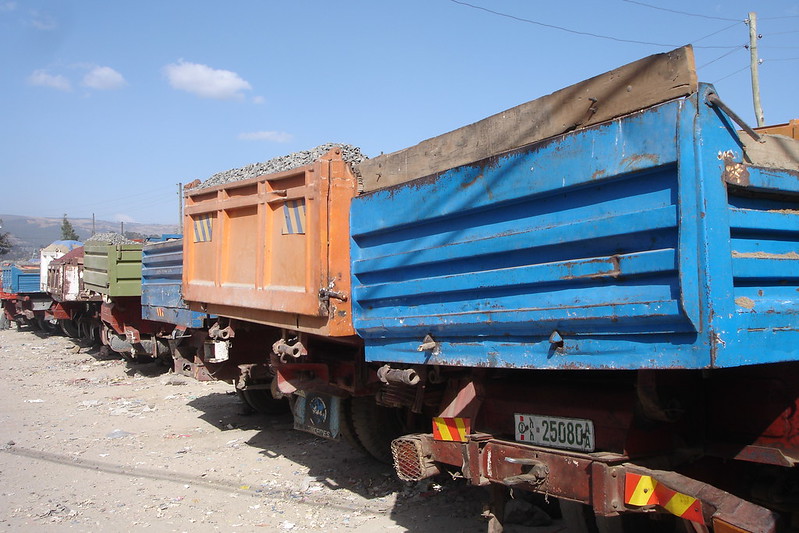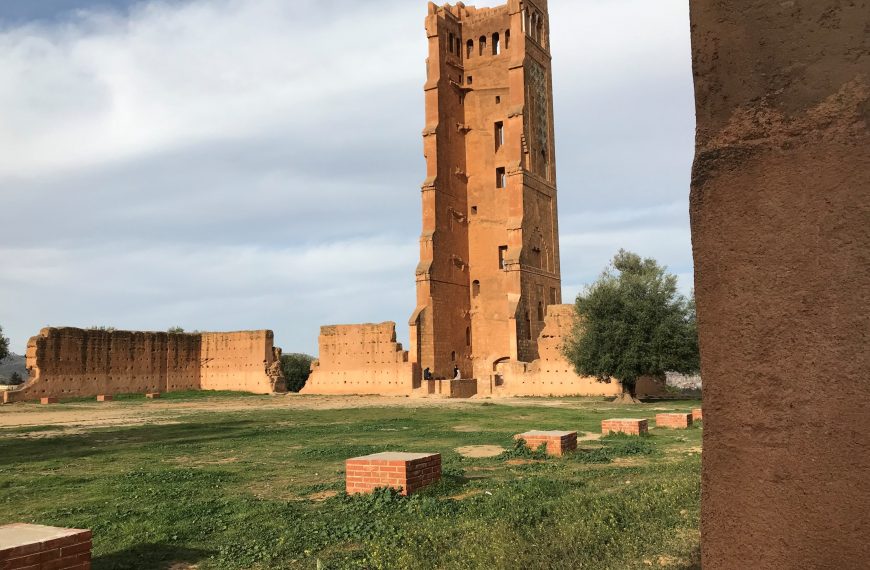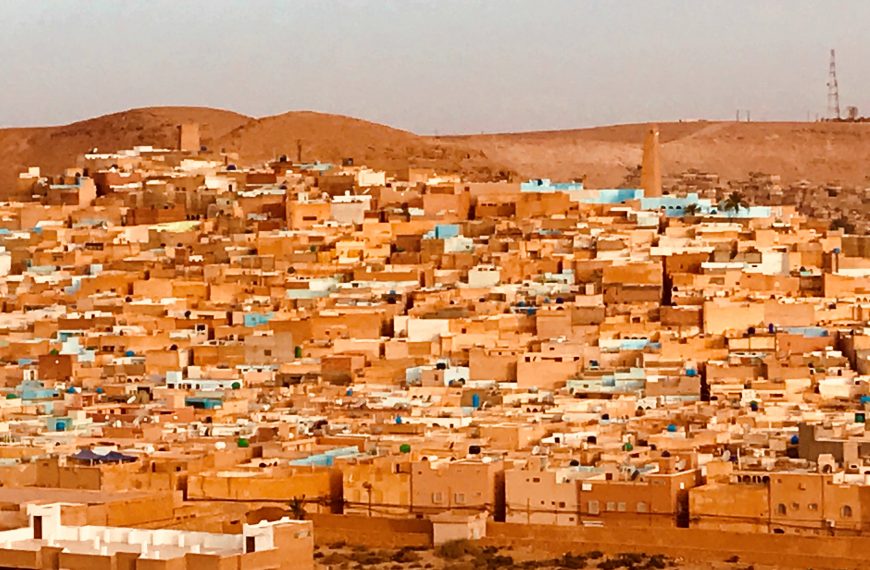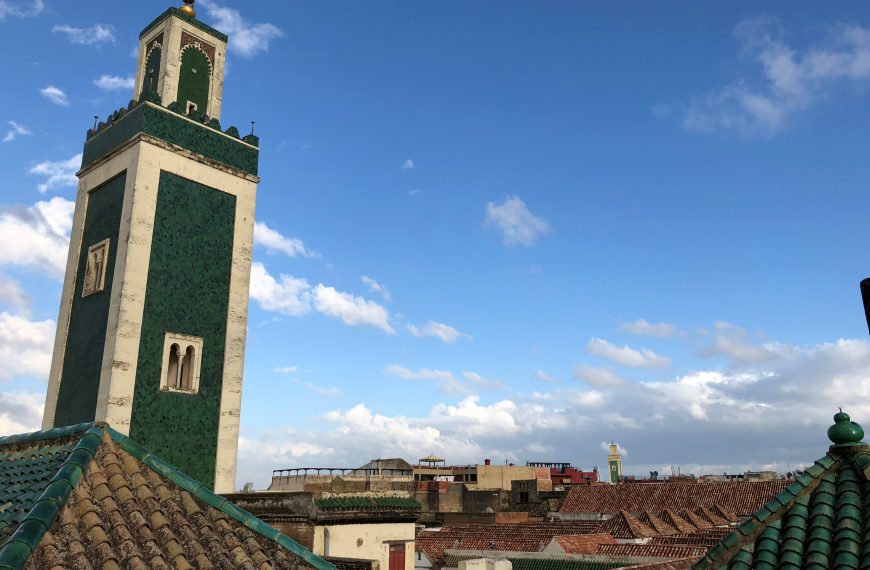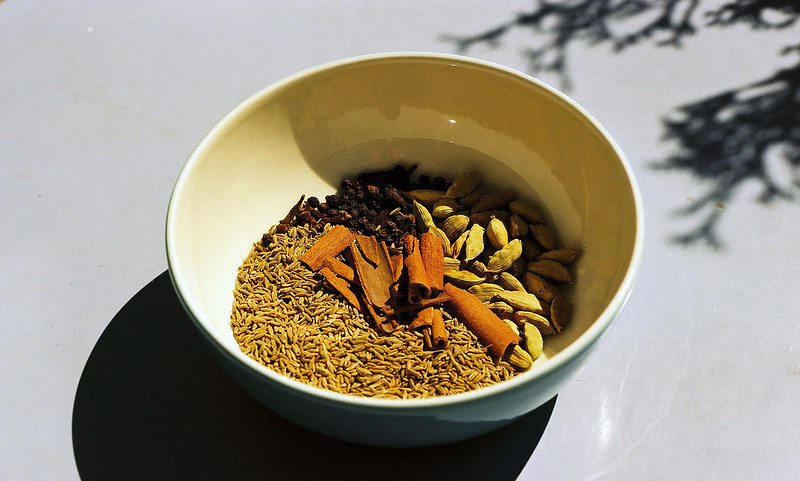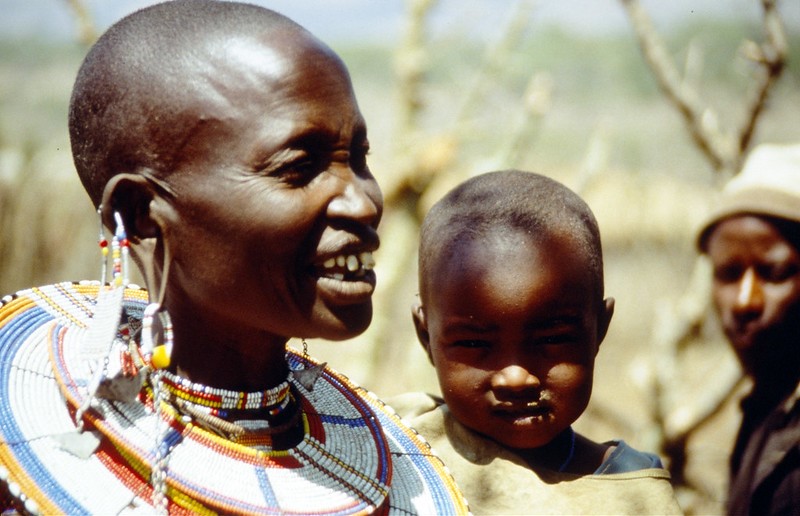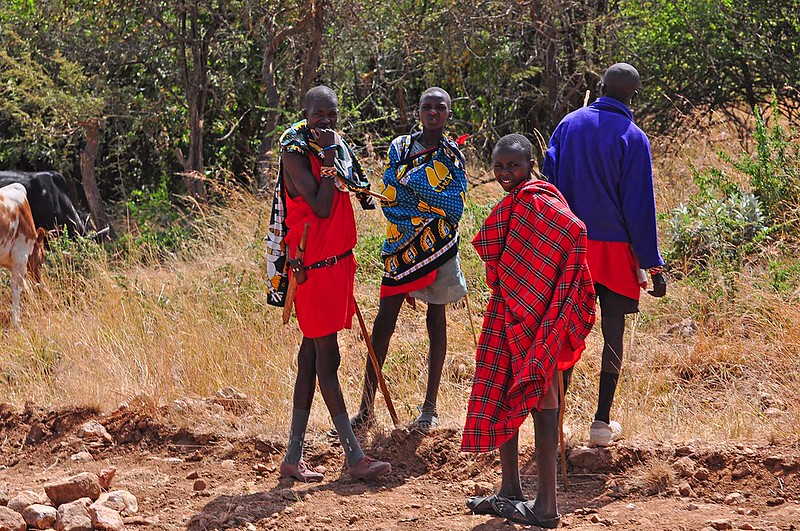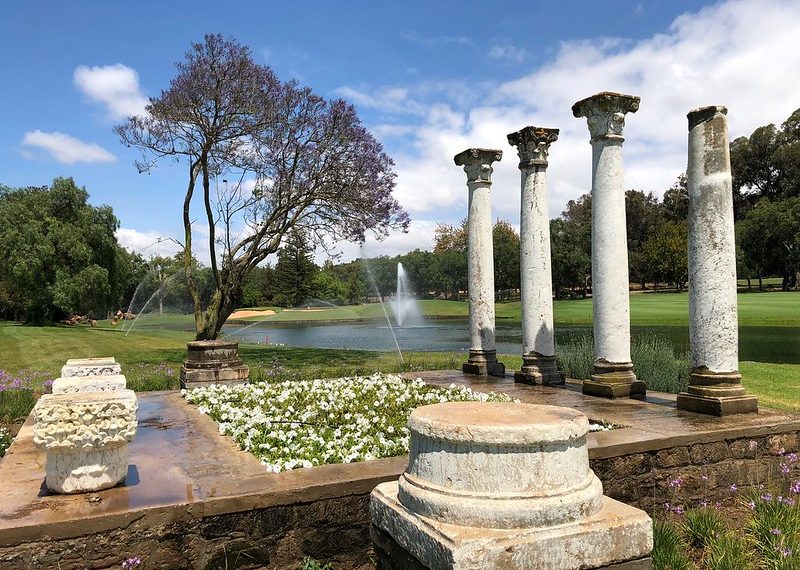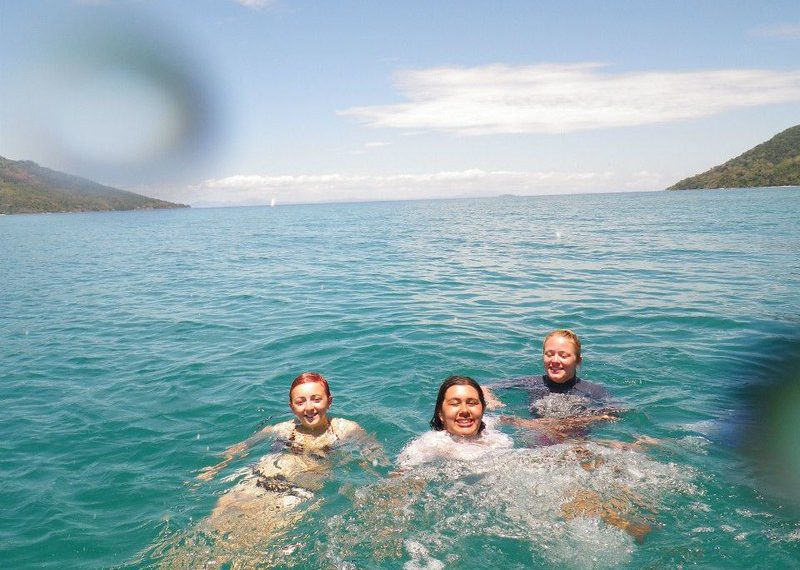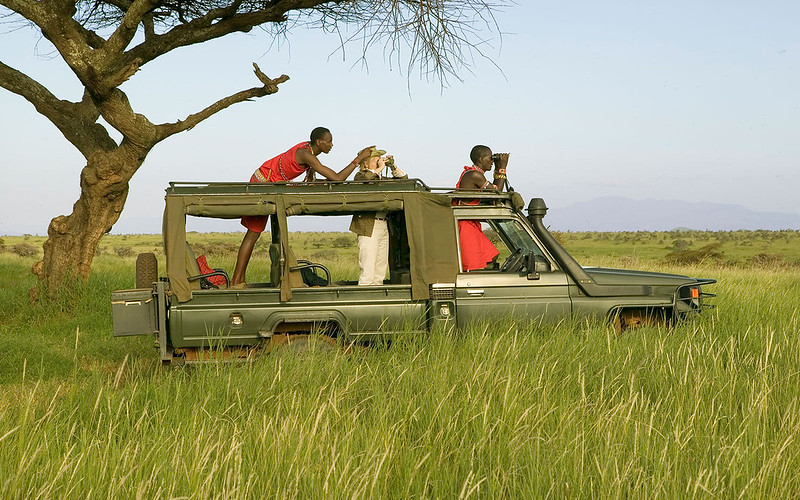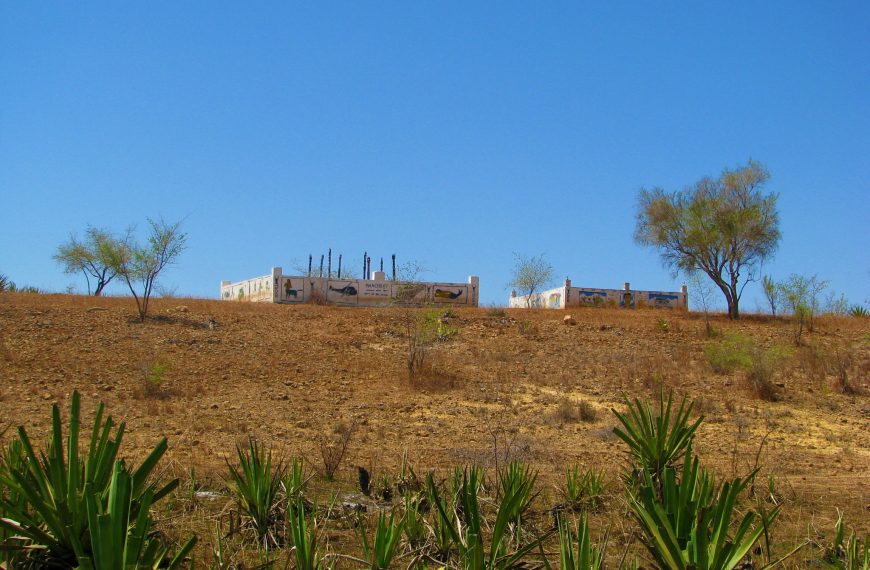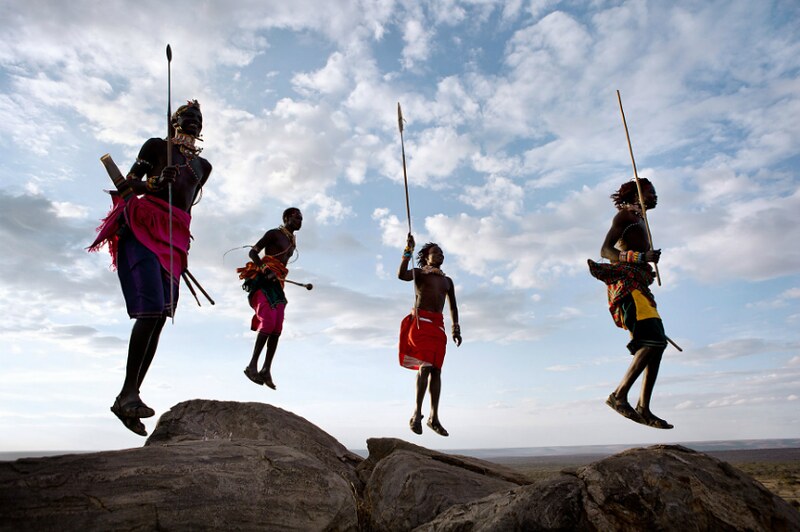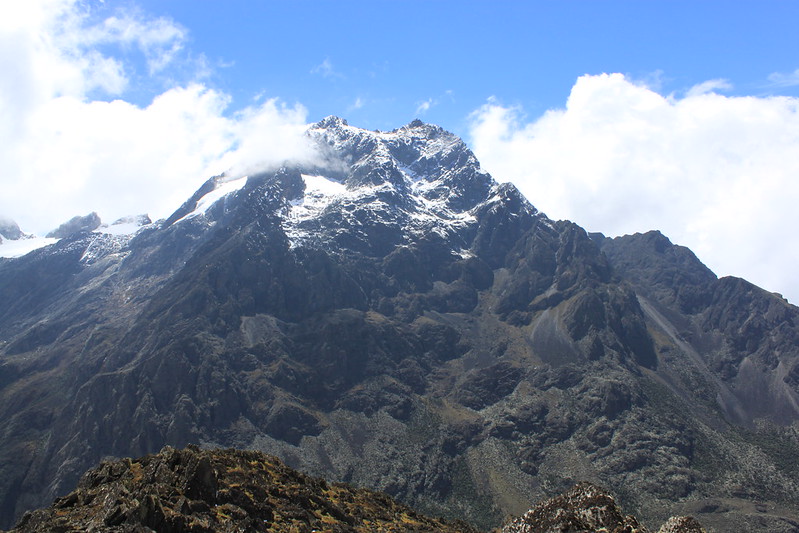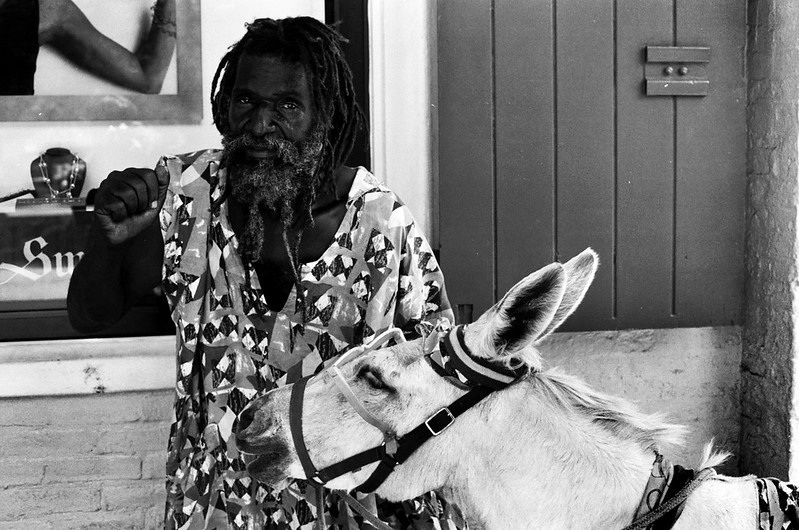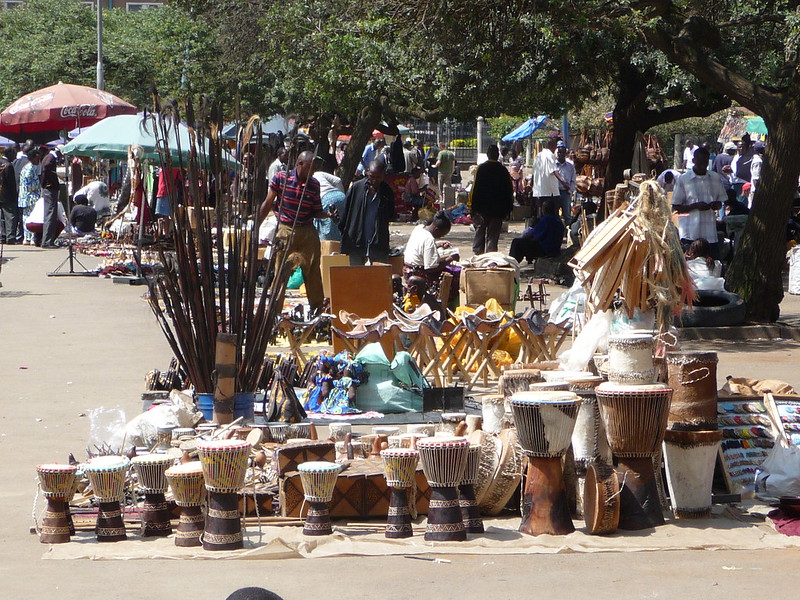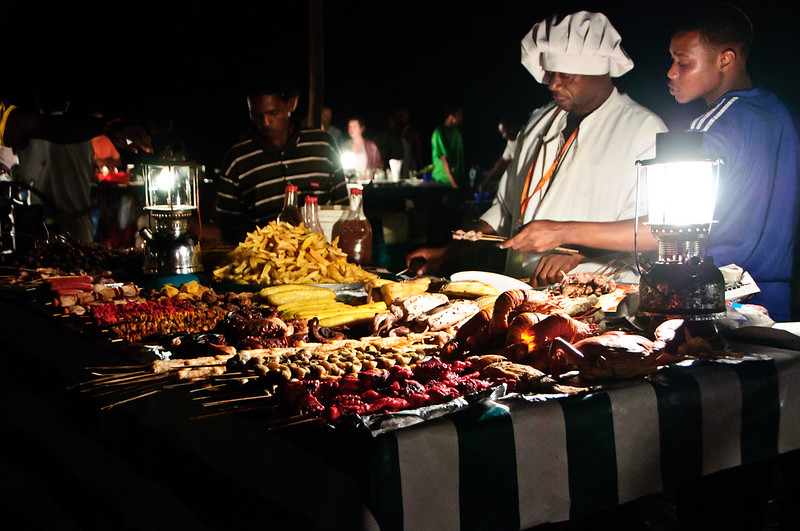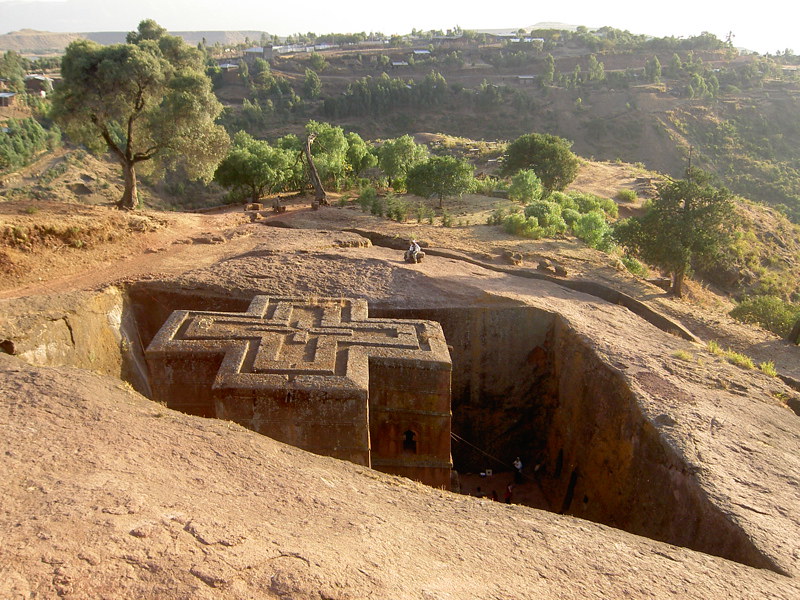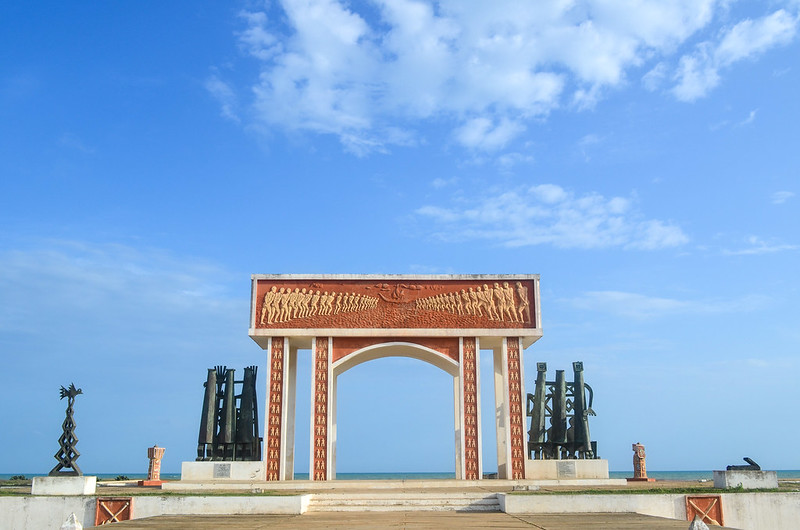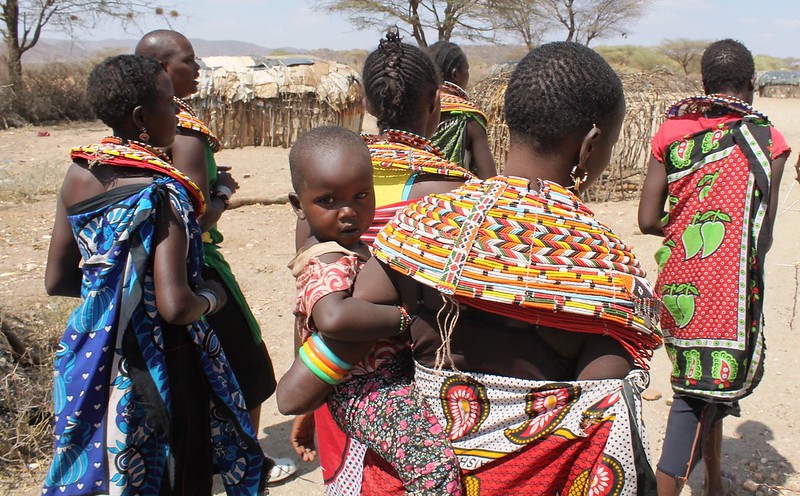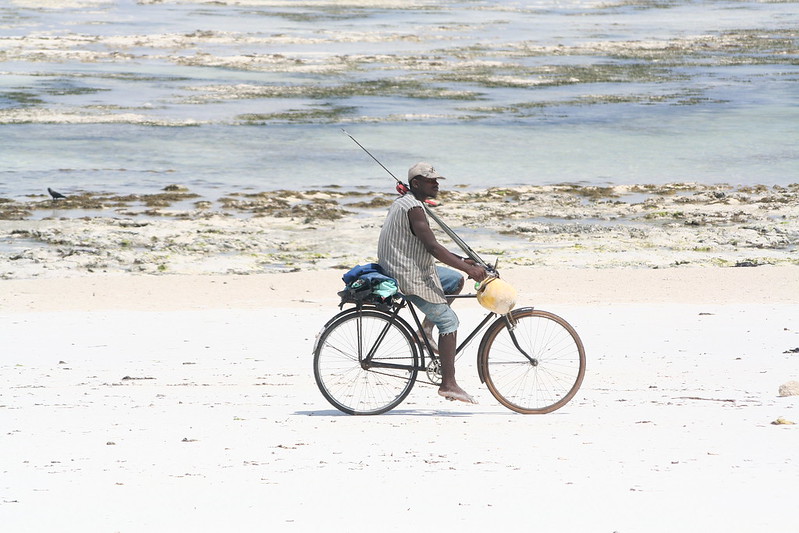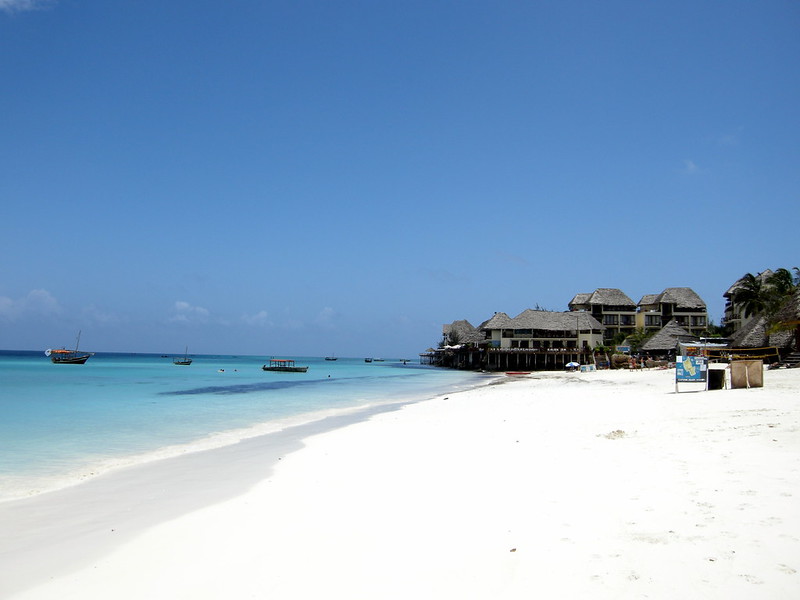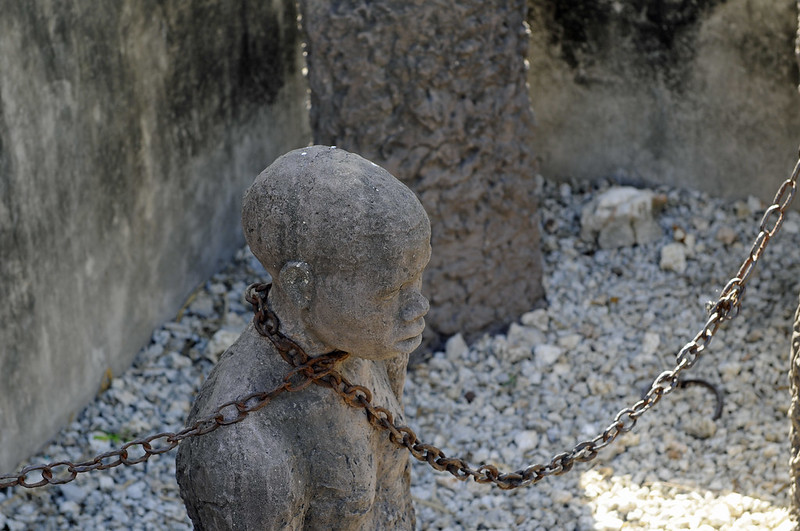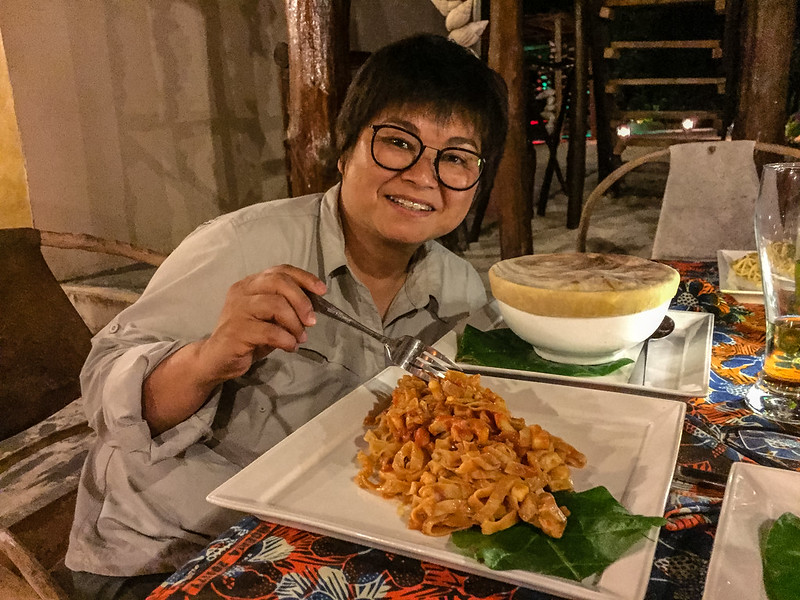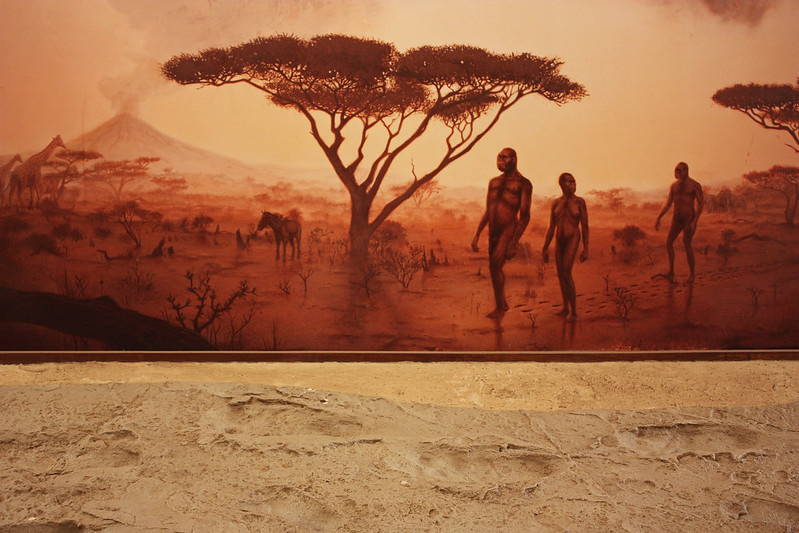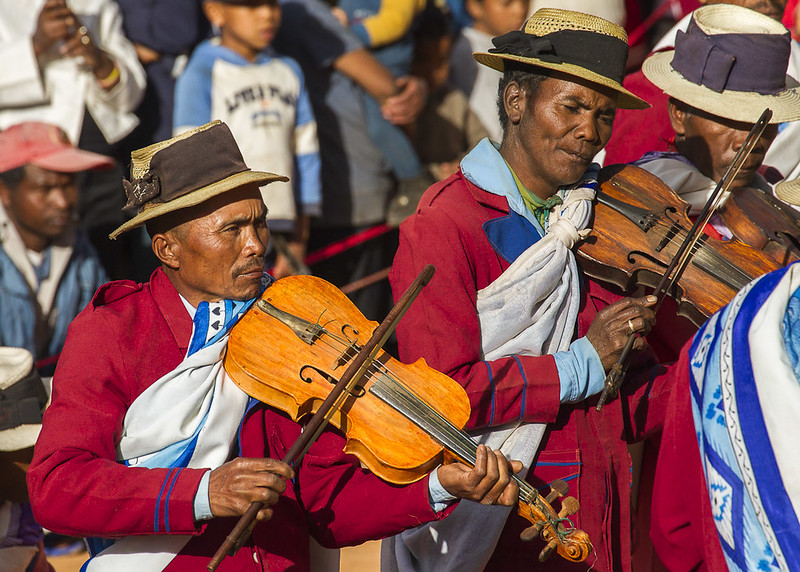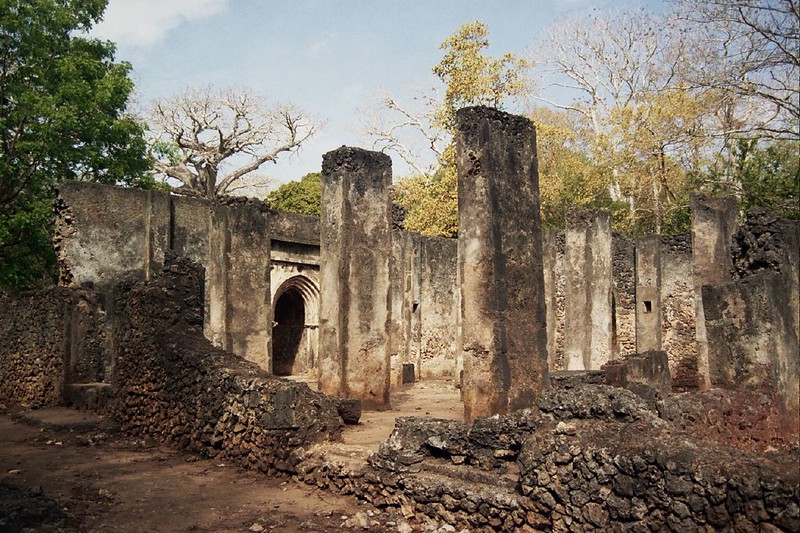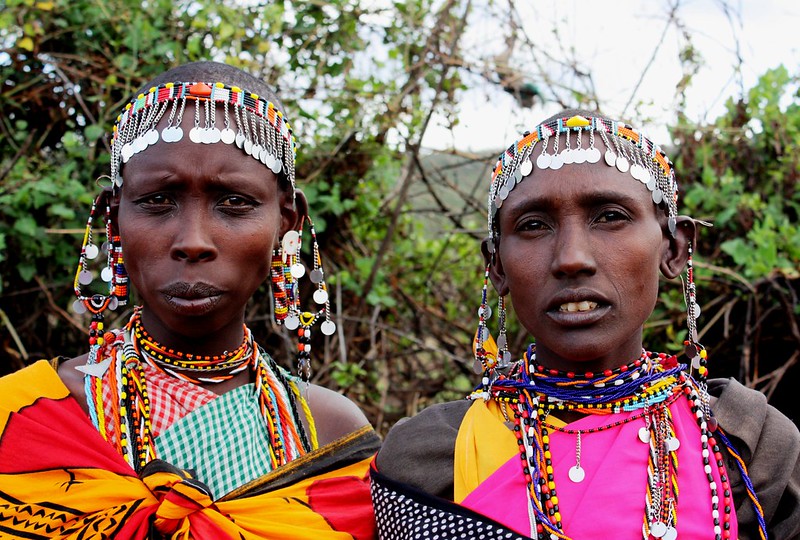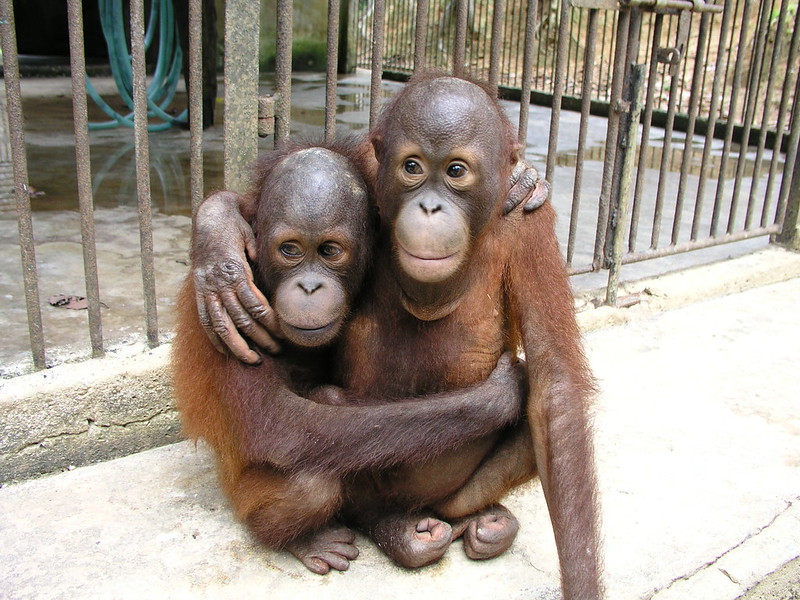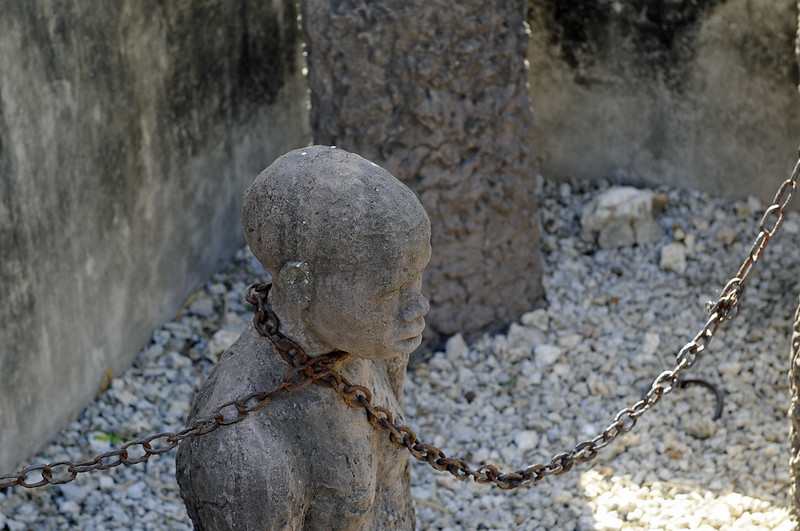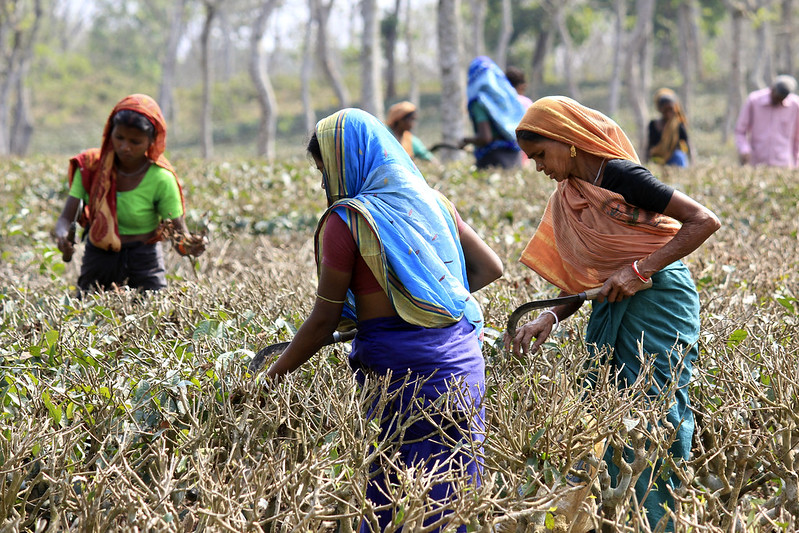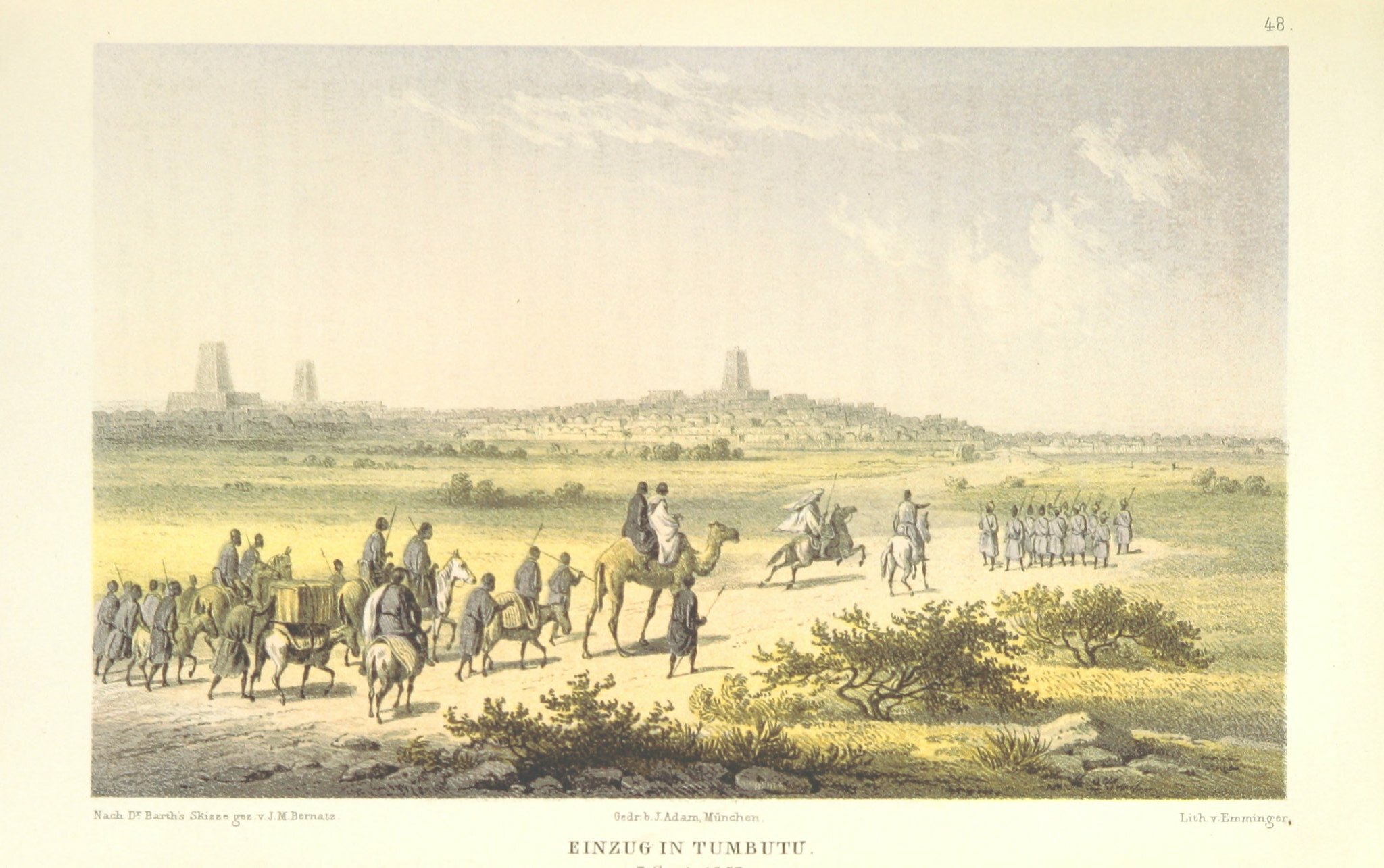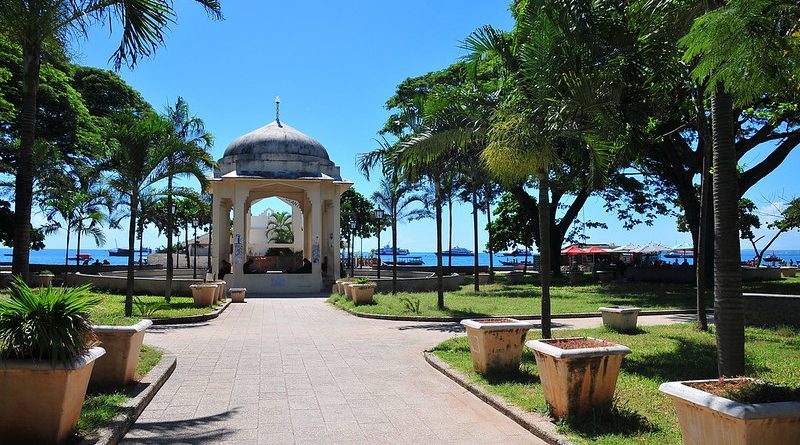
Zanzibar
The great British eccentric Noel Coward sang of Zanzibar:
“Why do the wrong people travel, travel, travel
When the right people stay back home?
What compulsion compels them
And who the hell tells them
To drag their cans to Zanzibar
Instead of staying quietly in Omaha?”
Zanzibar evokes far away lands and the very spirit of travel itself, a truly exotic location of pristine coral reefs and the labyrinth of Stone Town. Zanzibar is actually an Archipelago withPemba in the north and Unguja, known as Zanzibar Island, is the main tourist attraction.
Zanzibar is the island of spices, and in particular cloves. During the 19th century, Zanzibar was the largest producer of both cloves and slaves. If you’re heaven is lying on pristine beaches and hiding in abandoned coves, then Zanzibar is the place to be.
Read More
Tanzania Zanzibar Tanzania Zanzibar Swahili and English are the official languages. Rurally and amongst tribes, Swahili is the only language likely to be spoken, so if you’re heading off the beaten track, invest in a good phrasebook. Nearly all visitors require a Visa for Tanzania and Zanzibar costing between $10 to $60 depending on nationality. The national currency is the Tanzanian shilling (Tsh). US $1 = approx Tsh650 For up to date currency information, check the Currency Converter. For organised treks and safaris, you will need to use US dollars. If you pay by credit card at a resort, expect to pay up to 20% more. There is a problem with the port tax in Zanzibar. You have to pay in American dollars and they are hard to come by in the banks so make sure you bring your own. Local food, markets and transport is inexpensive, you can stay in basic accomodation for around 20$US a day. Budget for $100 – $150 dollars per day or more for safaris and treks. Prices will sore during the high season in the town (June – October) but costs are usually consistent elsewhere. For accommodation, It is usual practice to inspect a room before hiring it. Make sure there is a mosquito net and running water or buy your own net. You will need proof of yellow fever vaccination to enter the country. It is recommended to get vaccination against diphtheria, polio, hepatitis, typhoid, cholera, meningitis, rabies andtuberculosis (TB). It’s a high risk area for malaria, so taking a course of tablets is recommended. Food is well prepared generally, be careful to only eat street food that you can peel or have seen being cooked and only drink bottled water. Hotel, travel tips, maps & all you need to know to plan your trip to Zanzibar By Dave LoweClimate
The coolest months and best time to visit is June to October, with the warm summer from December to March. The coastal and island climate is tropical with sea breezes, cooler inland on the central plateau (around 70F), and more chilly in the mountains when temperatures drop below 40F in the winter (June – July). The rainy season is March – May when you can expect rain every day.
Zanzibar is a year round destination, coolest during June to October. Temperatures are fairly consistant on the Zanzibar archipeago of between 60- 65F.People
Tanzania’s population of thirty million comprises of 120 tribes numbering around ten million, another ten million are Muslim and ten million Christian. Most people are of Bantu origin. Tanzania’s tribes have been greatly affected by the missionary movement. If you are taking pictures of people you have to be sensitive as it is not generally accepted, so permission of your subject should always be sought.
Zanzibar’s main religion is Sunni Muslim, so avoid the period of Ramadam to visit. Women should keep themselves covered and men should avoid the disgrace of wearing shorts when visiting towns. The Zanzibaris are comprised of three indigenous ethnic groups; the Hadimu, theTumbatu and the Pemba. The population is little more than one million on both islands.Language
Visas
Cash
UK £1 = approx Tsch 1050
Euro 1 = approx Tsch 750Health
Food
More Information

